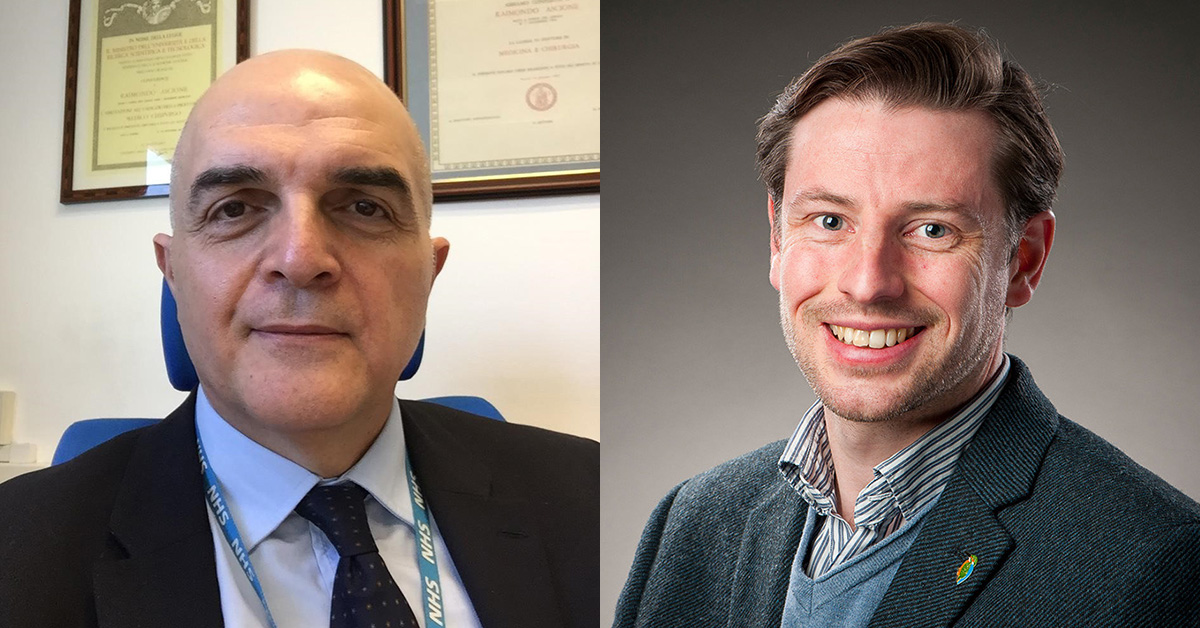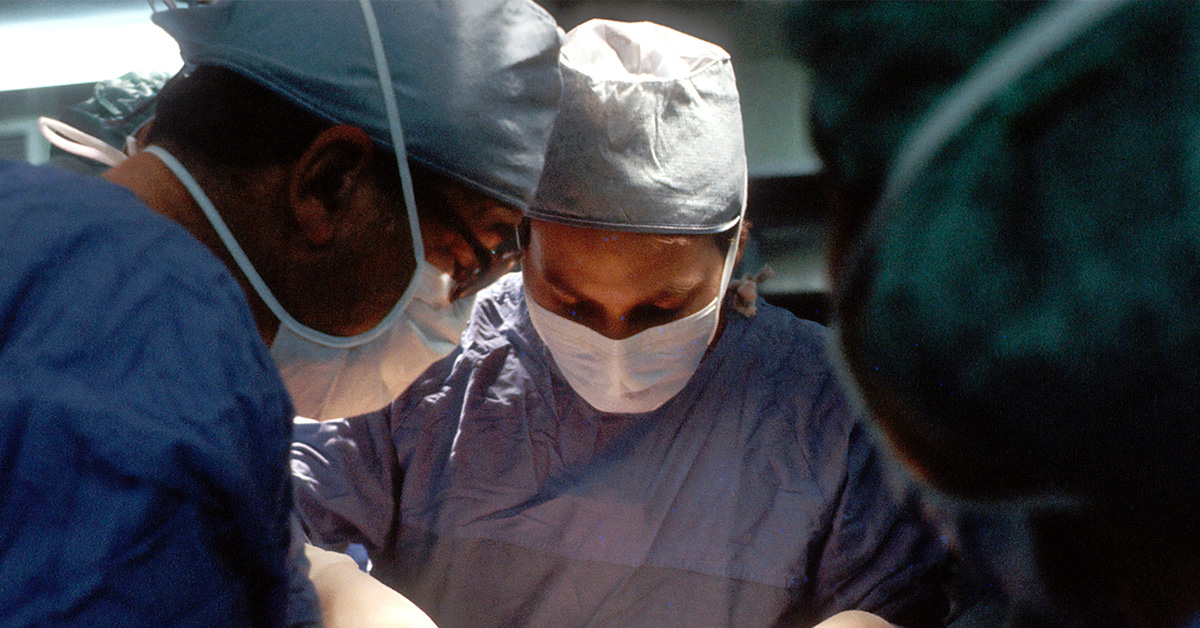Nearly half of people diagnosed with advanced heart failure (HF) following a major heart attack die within five years. But research supported by GW4 Alliance funding could lead to earlier prediction and intervention – improving life expectancy.
A multidisciplinary team of researchers, involving a group of computational scientists from the University of Bath and experts from the University of Bristol’s Translational Biomedical Research Centre (TBRC) and Bristol Heart Institute, uncovered data from studying heart attacks in animal models which could help determine whether a patient will go on to develop HF.
A heart attack occurs when the blood supply to a region of the heart is blocked. This can weaken the organ’s pumping ability and lead to HF, a serious long-term condition that results in shortness of breath, fatigue, tiredness, and poor quality of life that worsens overtime. Everyday activities such as walking or climbing stairs can become more difficult, and at some stage impossible.
Current medical technologies do not enable doctors to predict whether heart attack patients may develop severe HF, preventing early treatment. As a result, patients are put on treatment once their heart is already failing.
In this study, researchers from the universities of Bath, Bristol, Cambridge and King’s College London studied heart attacks, known as myocardial infarction (MI), in the animal models. They observed how MI affected the global and regional pumping function of those hearts (also known as myocardial strains) using advanced heart scans similar to those used in the NHS. These scans were taken on the same models before, soon after, and four to six weeks after the induced MI.
Improving patient care
The team then applied advanced calculations to the data to link the size of the heart attack to the occurrence of late HF and to changes in tiny molecules within the wall of the failing heart. Through these calculations, they discovered that an abnormal early change in the regional pumping of the infarcted heart was associated with late severe HF. In addition, these early changes were associated with the accumulation of specific molecules in the wall of the failing heart.
The research, published in Nature Scientific Reports, was supported by a GW4 Initiator grant to Professor Raimondo Ascione, NHS Consultant Cardiac Surgeon and Head of the TBRC. The funding enabled the team to undertake and characterise the first few cases of MI experiments carried out at the TBRC. Professor Ascione, co-senior author on the paper together with Dr Andrew Cookson from the University of Bath, said the research was important for two key reasons.
[caption id="attachment_10783" align="alignnone" width="1200"] Prof Raimondo Ascione and Dr Andrew Cookson hope these preliminary findings lead to improved patient care in the future.[/caption]
Prof Raimondo Ascione and Dr Andrew Cookson hope these preliminary findings lead to improved patient care in the future.[/caption]
“Firstly, the identification of the early abnormal regional strain in the heart might enable doctors in the future to predict heart failure in advance and therefore start treatments much earlier to prevent the heart stretching and failing,” Professor Ascione explained.
“Secondly, the discovery of those few molecules accumulating in the failed heart could trigger the development of new drugs to prevent or treat heart failure.”
According to the British Heart Foundation, HF affects nearly a million people across the UK and 200,000 are diagnosed with the condition each year. The prevalence of HF is also increasing worldwide, placing a major burden on global health and hospital resources as well as treatment costs.
Dr Cookson said: “It was fascinating to discover the potential links between changes to heart muscle at a molecular level and the mechanical function of the heart during the course of this research. This work wouldn’t have been possible without combining our teams’ expertise and our hope is that these new fundamental insights will lead to improved patient care in the future.”
[caption id="attachment_10782" align="alignnone" width="1200"] Dr Vito Domenico Bruno and Dr Doyin Odunmbaku-Mansell are co-first authors on the paper.[/caption]
Dr Vito Domenico Bruno and Dr Doyin Odunmbaku-Mansell are co-first authors on the paper.[/caption]
Meanwhile, the funding from GW4 enabled two junior scientists in the team, Dr Doyin Odunmbaku-Mansell (University of Bath – PhD student; main supervisor Dr Cookson) and Dr Vito Domenico Bruno (University of Bristol, clinical academic cardiac surgeon – MD student; main supervisor Professor Ascione) to take co-first authorship on the paper. Dr Odunmbaku-Mansell co-led the mathematical modelling while Dr Bruno led the translational preclinical research with the MI model. Together, this advanced research represented the subjects of their awarded postgraduate degrees at both Universities.
Dr Odunmbaku-Mansell said: “I feel fortunate to have worked over these years within the translational team in Bristol and have the possibility to apply my computational and mathematical skills to the clinical data derived from this unique MI model. Synergy and cross fertilisation have worked their magic.”
Dr Bruno said: “It has been a privilege to contribute to this important translational project within such a multiskilled team. My role in developing and characterising the MI model has expanded my clinical reach and allowed me to contribute with my biostatistician skills.”
In addition to GW4 funding, this work was supported by Medical Research Council (MRC) and British Heart Foundation grants to Professor Ascione.






